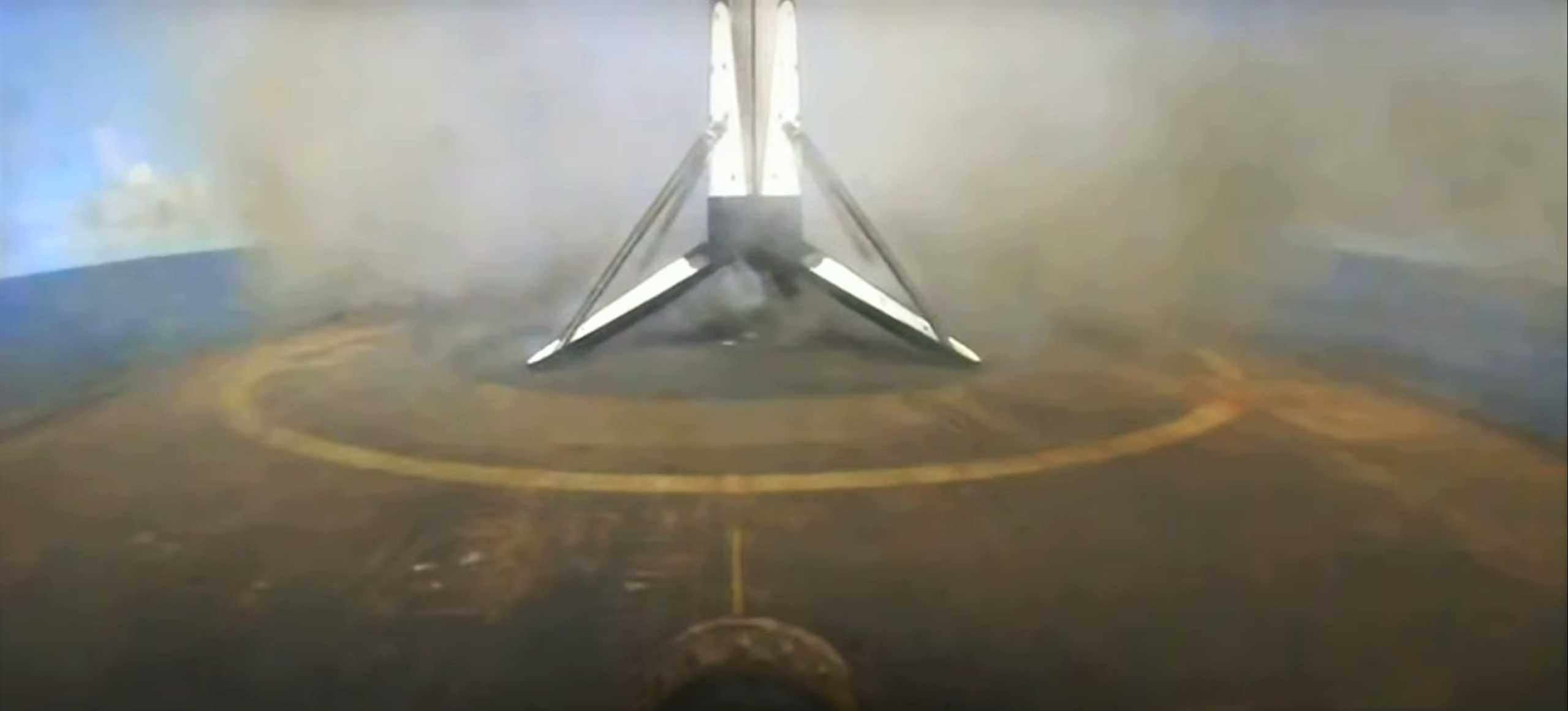
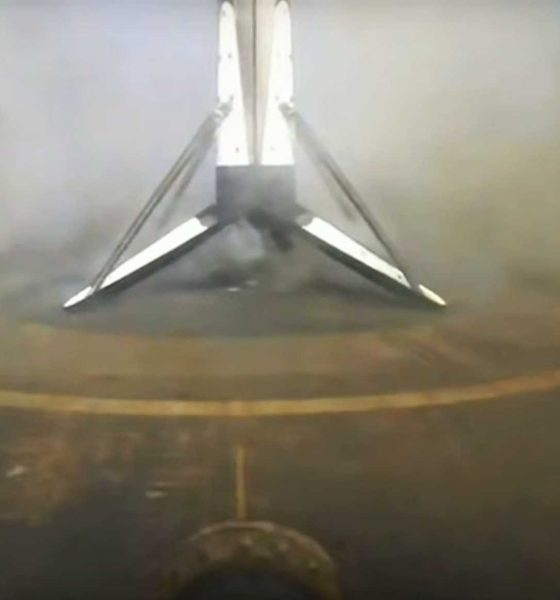
News
SpaceX Falcon 9 breaks NASA Shuttle reuse record, catches full rocket nosecone
A SpaceX Falcon 9 booster has broken a decades-old NASA Space Shuttle reuse record after successfully launching a South Korean military satellite and landing on drone ship Just Read The Instructions (JRTI).
Meanwhile, CEO Elon Musk says that SpaceX also managed to catch both payload fairing (nosecone) halves for the first time ever – an achievement more than three years and a dozen failed attempts in the making.
Known as launch turnaround, the record SpaceX now holds refers to the time it takes for a reusable rocket to launch twice. Prior to today, NASA set that record in 1985 when it launched the same Space Shuttle orbiter (STS Atlantis) twice in 54 days – a truly incredible feat for such a complex vehicle.
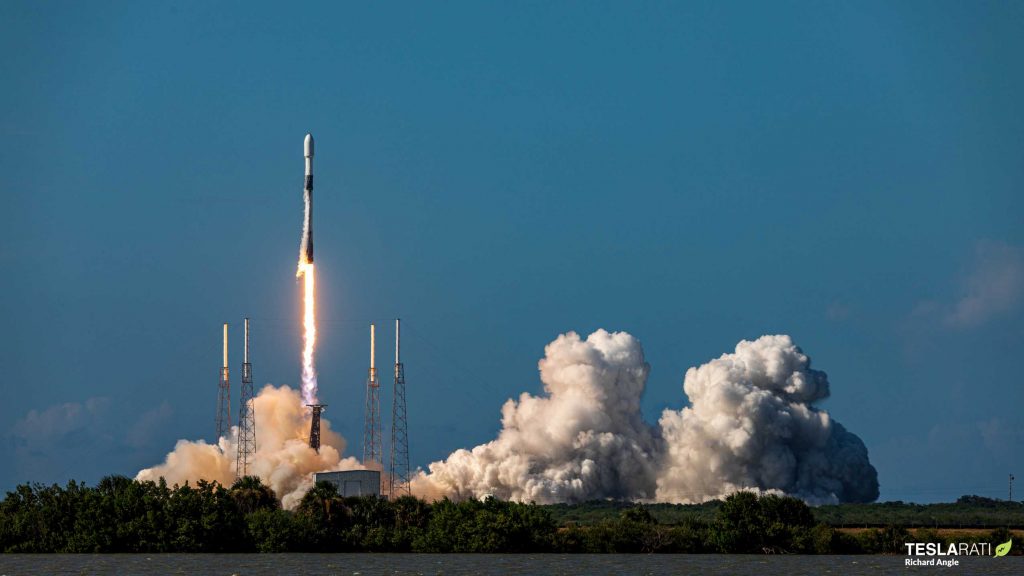
On July 20th, however, Falcon 9 booster B1058 lifted off for the second time in 51 days, beating the Space Shuttle’s 35-year-old turnaround record by a slim margin. Prior to its successful launch of South Korea’s Lockheed Martin-built ANASIS II military communications satellite, B1058 supported Crew Dragon’s inaugural NASA astronaut launch, a historic moment and arguably the most important mission in SpaceX’s 18-year history. Now, less than two months later, the booster has broken what is arguably the most significant record in the history of reusable rockets.
Coincidentally, both Space Shuttle Atlantis and Falcon 9 booster B1058 set their respective turnaround records on their first and second launches. Shuttle Atlantis ultimately went on to launch 31 more times after two major overhauls in 1989 and 1997 and was also the last Space Shuttle to launch when it completed the STS-135 mission in June 2011.

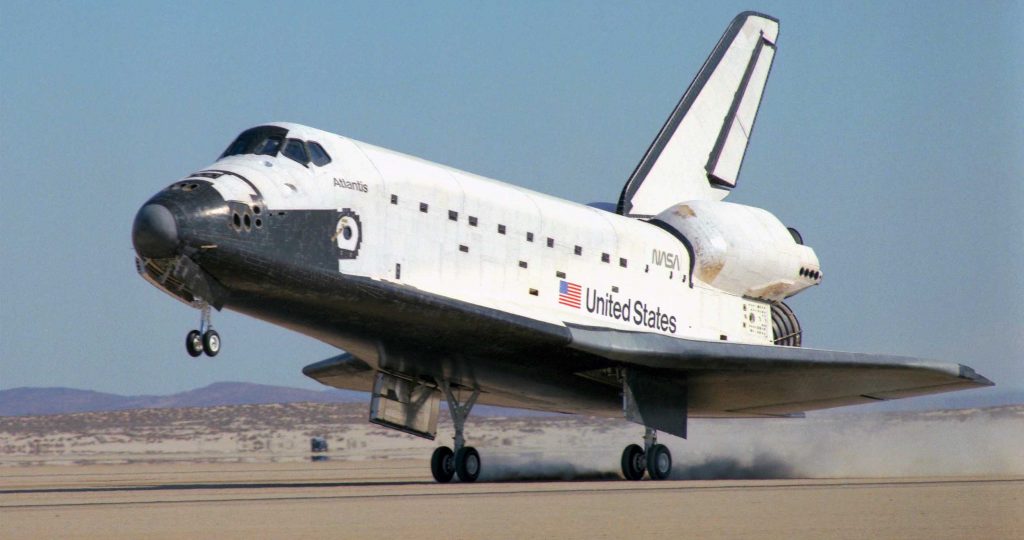
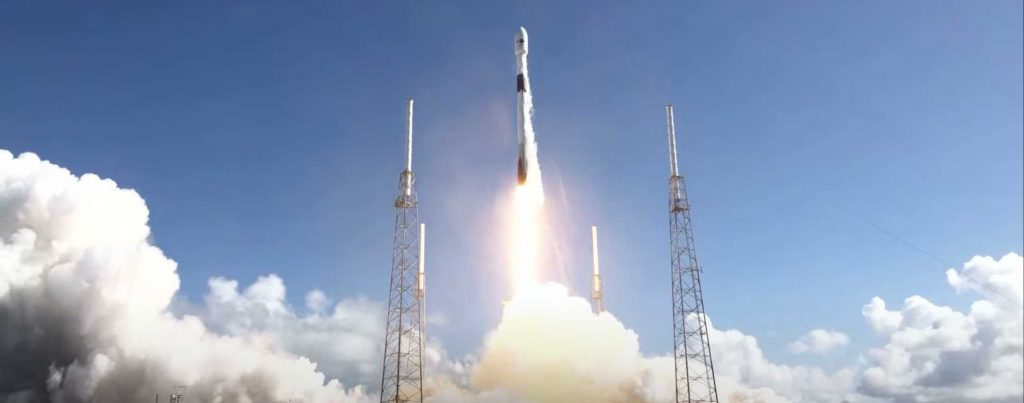
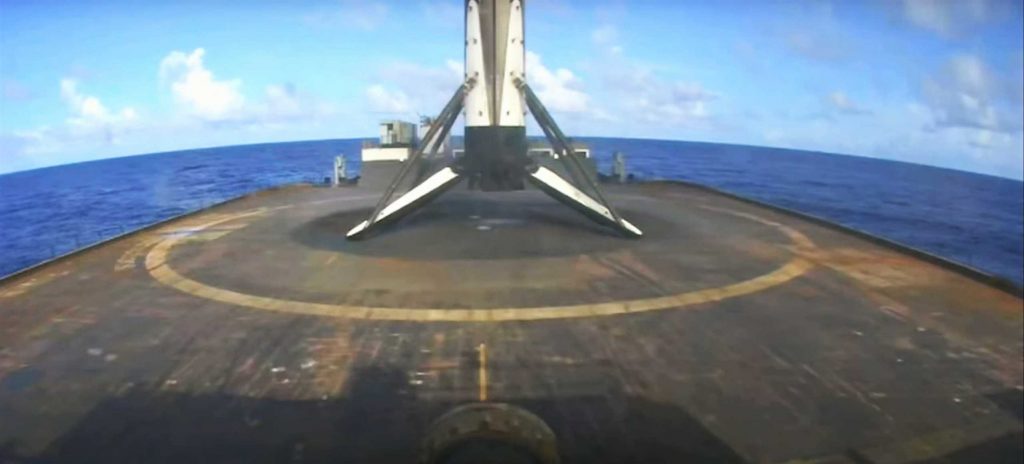
As such, Falcon 9 booster B1058 – the rocket that ended nine years without a domestic astronaut launch capability – could scarcely be more deserving as the new world record holder for orbital-class rocket turnaround. The symmetry of that handoff is extraordinarily improbable and made even more impressive by the fact that less than two weeks after B1058 launched Demo-2, NASA appeared to give SpaceX permission to launch future astronauts on flight-proven Dragons and Falcon 9 boosters.
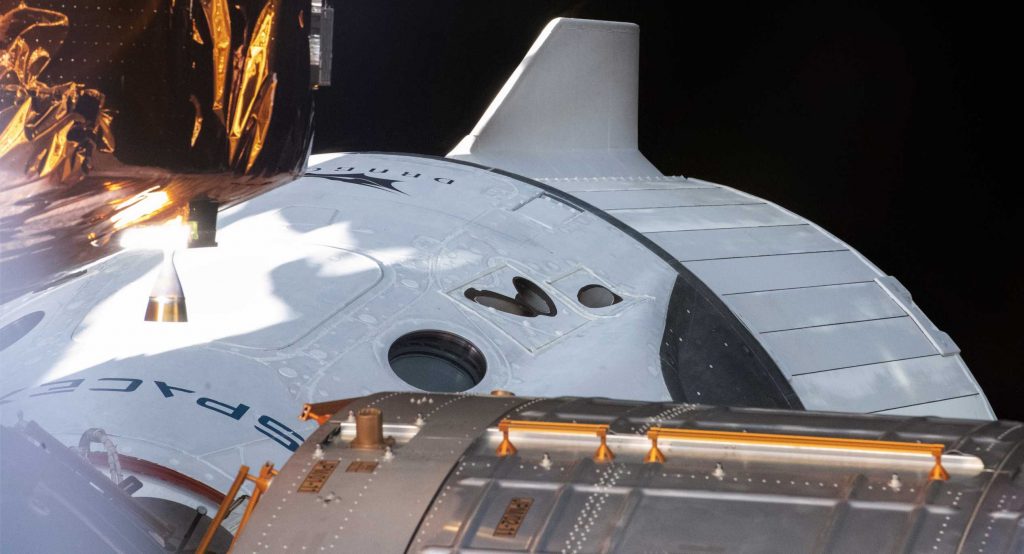
Meanwhile, SpaceX CEO Elon Musk has revealed that the ANASIS II mission was host to yet another major rocket reusability milestone (and technically a record). For the first time ever, SpaceX has successfully caught both halves of Falcon 9’s payload fairing with twin recovery ships GO Ms. Tree and Ms. Chief, the first time in history that an orbital-class rocket’s deployable payload fairing has been fully recovery. SpaceX began experimenting with fairing recovery more than three years ago and started trying to catch fairing halves in February 2018. In 12 attempts, SpaceX managed to catch three single fairing halves, although many more were recovered and even reused after soft ocean landings.

The first successful double fairing catch comes after two failed attempts with both ships, suggesting that SpaceX has either made some significant improvements or got extremely lucky. Either way, it’s a huge step forward for a program that could ultimately save SpaceX up to $6 million (~10%) of the cost of every Falcon 9 satellite launch, while also acting as a multiplier for fairing production without requiring actual factory expansion. SpaceX’s next two launches are expected to occur within the next two weeks, giving the company plenty of opportunities to (hopefully) replicate today’s historic fairing recovery success.
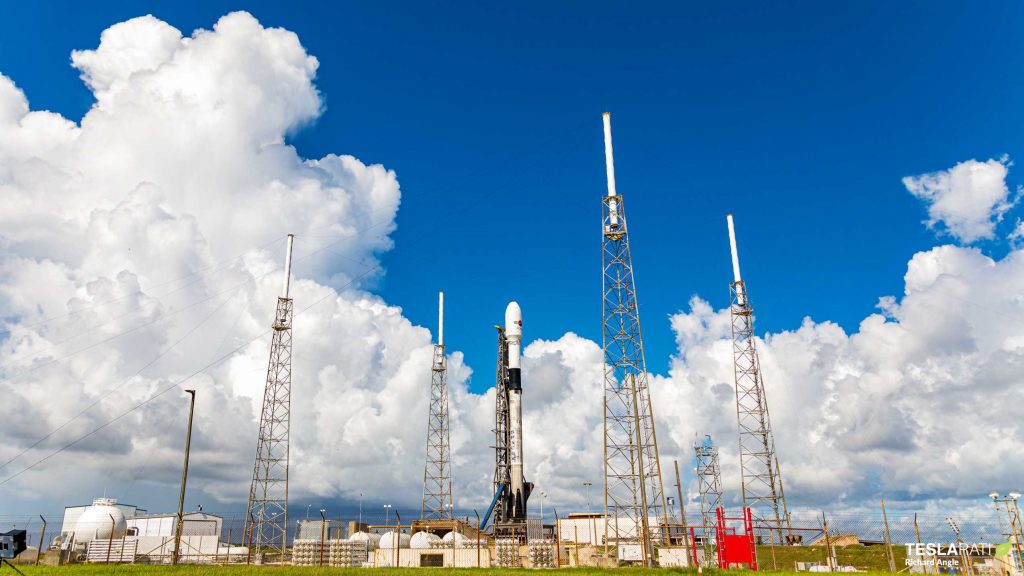
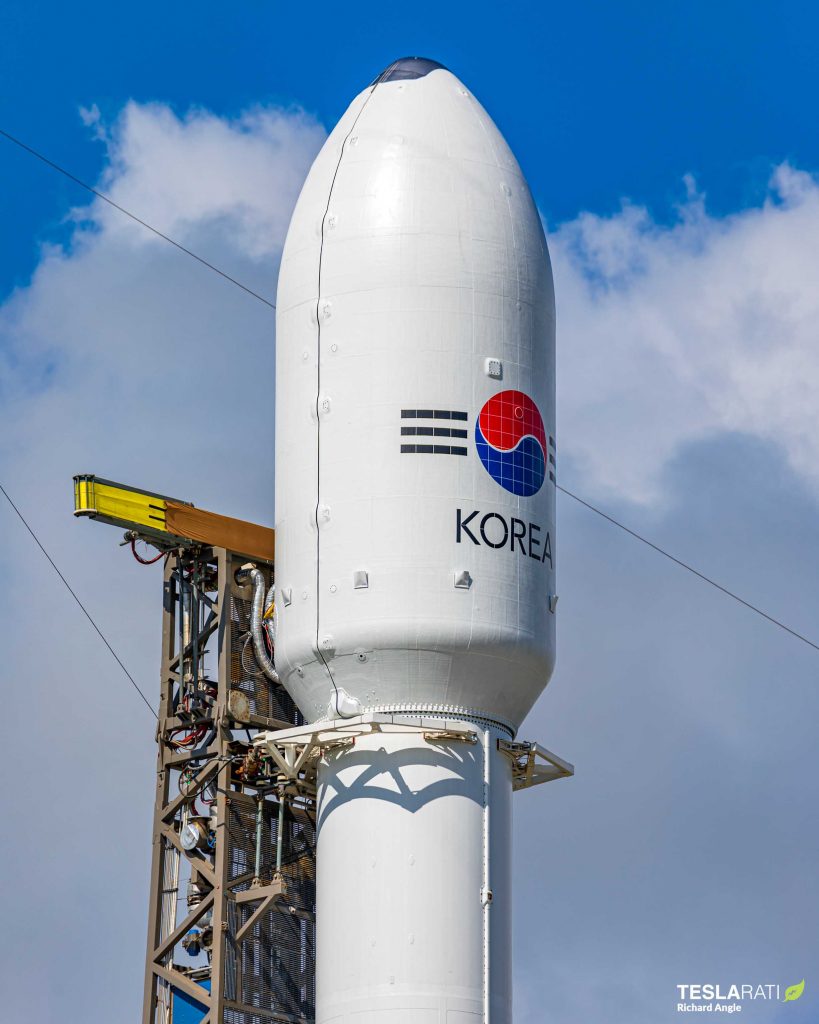
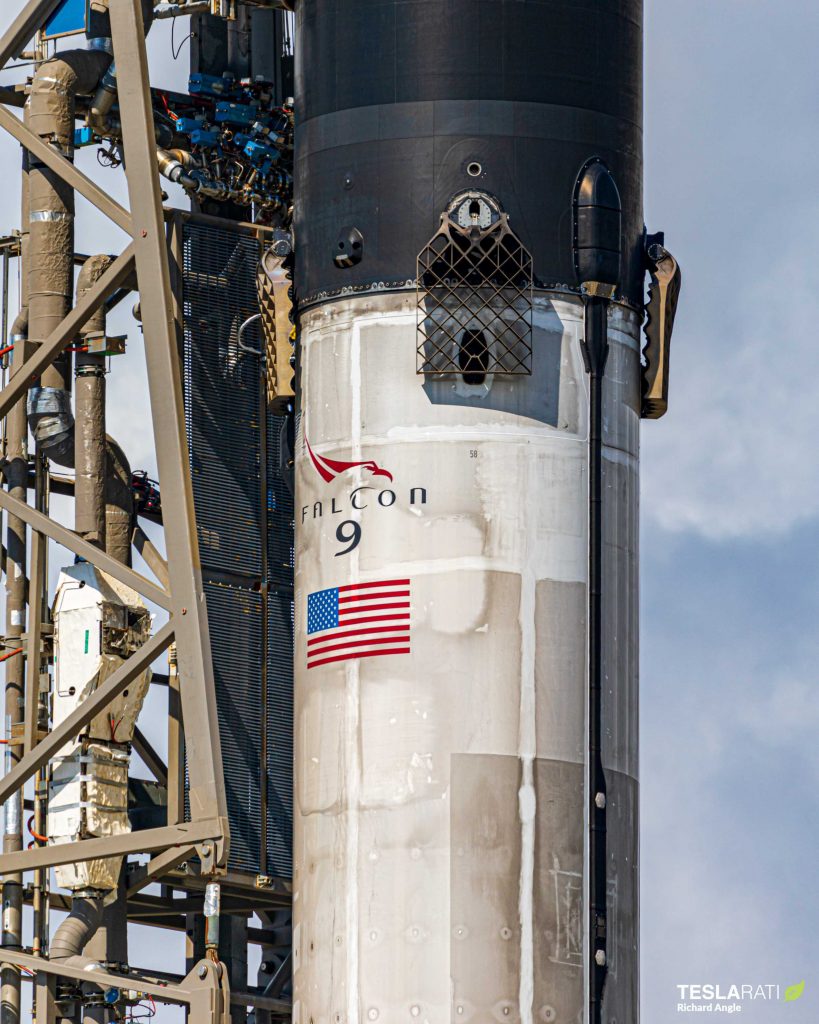
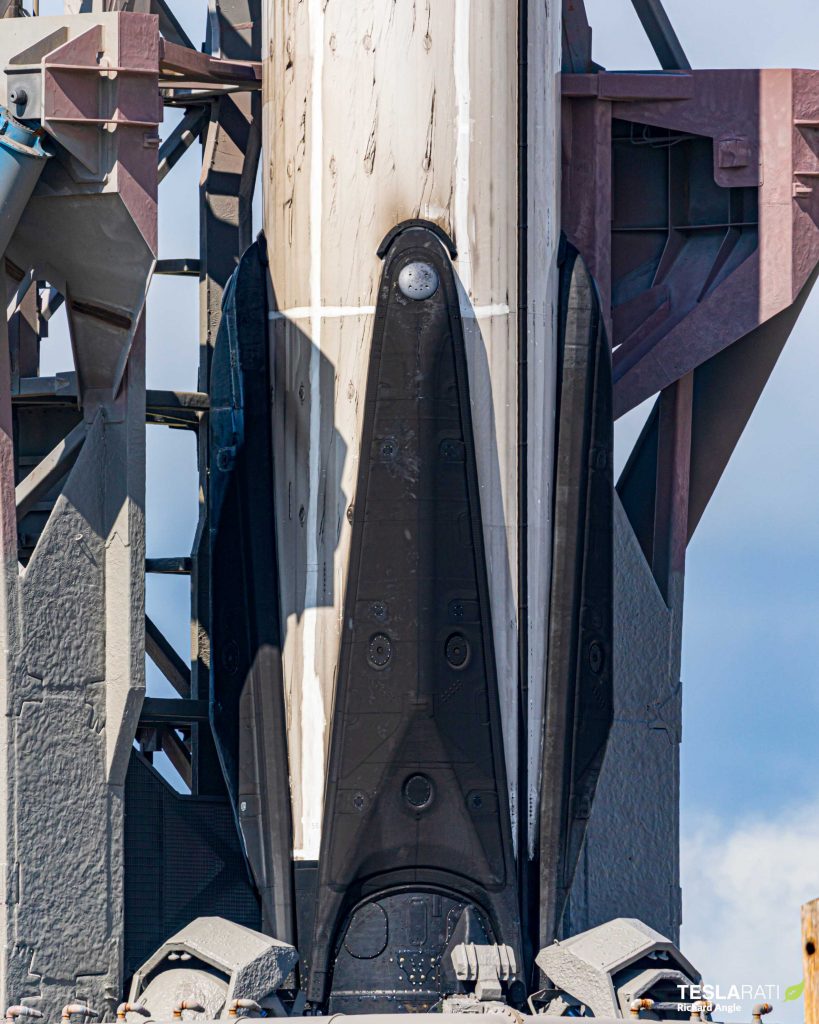

Check out Teslarati’s Marketplace! We offer Tesla accessories, including for the Tesla Cybertruck and Tesla Model 3.

Elon Musk
Elon Musk and Tesla AI Director share insights after empty driver seat Robotaxi rides
The executives’ unoccupied tests hint at the rapid progress of Tesla’s unsupervised Robotaxi efforts.

Tesla CEO Elon Musk and AI Director Ashok Elluswamy celebrated Christmas Eve by sharing personal experiences with Robotaxi vehicles that had no safety monitor or occupant in the driver’s seat. Musk described the system’s “perfect driving” around Austin, while Elluswamy posted video from the back seat, calling it “an amazing experience.”
The executives’ unoccupied tests hint at the rapid progress of Tesla’s unsupervised Robotaxi efforts.
Elon and Ashok’s firsthand Robotaxi insights
Prior to Musk and the Tesla AI Director’s posts, sightings of unmanned Teslas navigating public roads were widely shared on social media. One such vehicle was spotted in Austin, Texas, which Elon Musk acknowleged by stating that “Testing is underway with no occupants in the car.”
Based on his Christmas Eve post, Musk seemed to have tested an unmanned Tesla himself. “A Tesla with no safety monitor in the car and me sitting in the passenger seat took me all around Austin on Sunday with perfect driving,” Musk wrote in his post.
Elluswamy responded with a 2-minute video showing himself in the rear of an unmanned Tesla. The video featured the vehicle’s empty front seats, as well as its smooth handling through real-world traffic. He captioned his video with the words, “It’s an amazing experience!”
Towards Unsupervised operations
During an xAI Hackathon earlier this month, Elon Musk mentioned that Tesla owed be removing Safety Monitors from its Robotaxis in Austin in just three weeks. “Unsupervised is pretty much solved at this point. So there will be Tesla Robotaxis operating in Austin with no one in them. Not even anyone in the passenger seat in about three weeks,” he said. Musk echoed similar estimates at the 2025 Annual Shareholder Meeting and the Q3 2025 earnings call.
Considering the insights that were posted Musk and Elluswamy, it does appear that Tesla is working hard towards operating its Robotaxis with no safety monitors. This is quite impressive considering that the service was launched just earlier this year.
Elon Musk
Starlink passes 9 million active customers just weeks after hitting 8 million
The milestone highlights the accelerating growth of Starlink, which has now been adding over 20,000 new users per day.

SpaceX’s Starlink satellite internet service has continued its rapid global expansion, surpassing 9 million active customers just weeks after crossing the 8 million mark.
The milestone highlights the accelerating growth of Starlink, which has now been adding over 20,000 new users per day.
9 million customers
In a post on X, SpaceX stated that Starlink now serves over 9 million active users across 155 countries, territories, and markets. The company reached 8 million customers in early November, meaning it added roughly 1 million subscribers in under seven weeks, or about 21,275 new users on average per day.
“Starlink is connecting more than 9M active customers with high-speed internet across 155 countries, territories, and many other markets,” Starlink wrote in a post on its official X account. SpaceX President Gwynne Shotwell also celebrated the milestone on X. “A huge thank you to all of our customers and congrats to the Starlink team for such an incredible product,” she wrote.
That growth rate reflects both rising demand for broadband in underserved regions and Starlink’s expanding satellite constellation, which now includes more than 9,000 low-Earth-orbit satellites designed to deliver high-speed, low-latency internet worldwide.
Starlink’s momentum
Starlink’s momentum has been building up. SpaceX reported 4.6 million Starlink customers in December 2024, followed by 7 million by August 2025, and 8 million customers in November. Independent data also suggests Starlink usage is rising sharply, with Cloudflare reporting that global web traffic from Starlink users more than doubled in 2025, as noted in an Insider report.
Starlink’s momentum is increasingly tied to SpaceX’s broader financial outlook. Elon Musk has said the satellite network is “by far” the company’s largest revenue driver, and reports suggest SpaceX may be positioning itself for an initial public offering as soon as next year, with valuations estimated as high as $1.5 trillion. Musk has also suggested in the past that Starlink could have its own IPO in the future.
News
NVIDIA Director of Robotics: Tesla FSD v14 is the first AI to pass the “Physical Turing Test”
After testing FSD v14, Fan stated that his experience with FSD felt magical at first, but it soon started to feel like a routine.

NVIDIA Director of Robotics Jim Fan has praised Tesla’s Full Self-Driving (Supervised) v14 as the first AI to pass what he described as a “Physical Turing Test.”
After testing FSD v14, Fan stated that his experience with FSD felt magical at first, but it soon started to feel like a routine. And just like smartphones today, removing it now would “actively hurt.”
Jim Fan’s hands-on FSD v14 impressions
Fan, a leading researcher in embodied AI who is currently solving Physical AI at NVIDIA and spearheading the company’s Project GR00T initiative, noted that he actually was late to the Tesla game. He was, however, one of the first to try out FSD v14.
“I was very late to own a Tesla but among the earliest to try out FSD v14. It’s perhaps the first time I experience an AI that passes the Physical Turing Test: after a long day at work, you press a button, lay back, and couldn’t tell if a neural net or a human drove you home,” Fan wrote in a post on X.
Fan added: “Despite knowing exactly how robot learning works, I still find it magical watching the steering wheel turn by itself. First it feels surreal, next it becomes routine. Then, like the smartphone, taking it away actively hurts. This is how humanity gets rewired and glued to god-like technologies.”
The Physical Turing Test
The original Turing Test was conceived by Alan Turing in 1950, and it was aimed at determining if a machine could exhibit behavior that is equivalent to or indistinguishable from a human. By focusing on text-based conversations, the original Turing Test set a high bar for natural language processing and machine learning.
This test has been passed by today’s large language models. However, the capability to converse in a humanlike manner is a completely different challenge from performing real-world problem-solving or physical interactions. Thus, Fan introduced the Physical Turing Test, which challenges AI systems to demonstrate intelligence through physical actions.
Based on Fan’s comments, Tesla has demonstrated these intelligent physical actions with FSD v14. Elon Musk agreed with the NVIDIA executive, stating in a post on X that with FSD v14, “you can sense the sentience maturing.” Musk also praised Tesla AI, calling it the best “real-world AI” today.








